Watch repair certification programs cover hands-on training across three major movement types: mechanical, automatic, and quartz watches, plus advanced chronographs. You’ll master essential tools from traditional lathes to modern 3D printers while following AWCI standards and practices. The curriculum emphasizes practical disassembly, cleaning, reassembly, and precision diagnostics through structured training. Multi-day examinations test your technical accuracy, speed, and neatness, with continuing education required to maintain certification. Explore how these thorough programs transform beginners into certified professionals.
Core Technical Skills and Hands-On Training Components
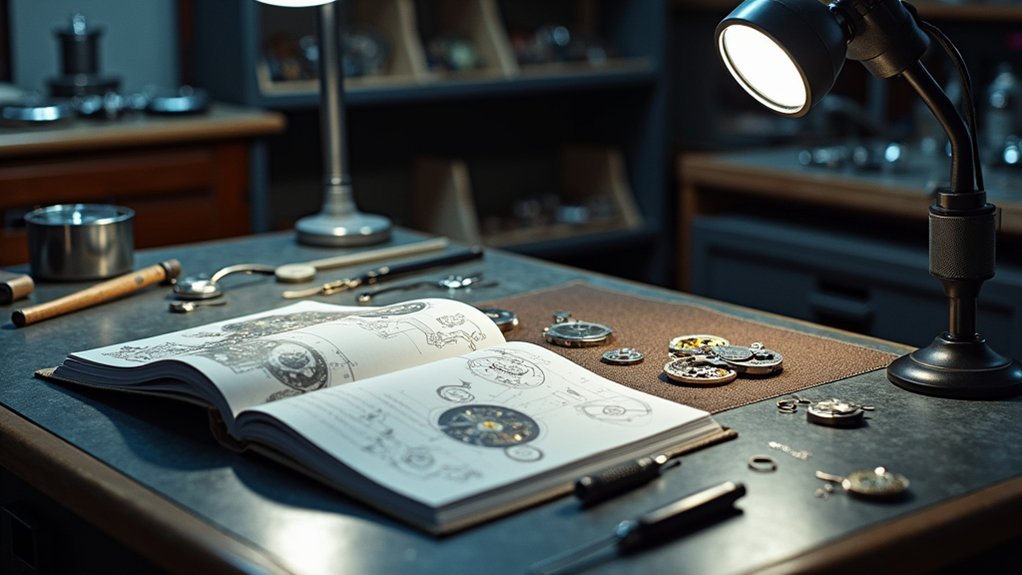
Mastery begins with understanding the intricate mechanisms that power different types of timepieces.
Watch repair certification programs focus on core technical skills essential for servicing automatic watches, quartz watches, and chronograph timepieces. You’ll gain extensive knowledge of mechanical timepieces through structured curricula that emphasize practical application.
Hands-on training forms the program’s foundation, where you’ll disassemble and reassemble various watch components using specialized tools and machinery.
This practical approach guarantees you develop the precision and dexterity required for professional watch repair work.
Your proficiency gets evaluated through final assessments that test technical accuracy and efficiency.
Additionally, continuous education requirements keep your skills current with industry advancements, guaranteeing your certification remains valuable throughout your career as technology evolves.
AWCI Standards and Practices Curriculum Requirements
When pursuing AWCI certification, you’ll encounter a rigorous Standards and Practices curriculum that covers four major technical areas of watchmaking: automatic watches, quartz watches, chronographs, and fundamental horological principles.
Your certification preparation involves mastering essential tools and techniques while demonstrating exceptional skill level in watch repair operations.
The multi-day examination tests your neatness, accuracy, and speed under pressure. You’ll rely on CW21 Technical Guides and extensive study materials to prepare thoroughly for this intensive assessment process.
Once certified, you can’t simply rest on your achievements. The AWCI mandates continuing education to maintain your credentials, ensuring you stay current with evolving industry standards.
This ongoing requirement keeps watchmakers sharp and informed about the latest advancements in horological technology and repair methodologies.
Watch Movement Types and Repair Methodologies

Understanding the three distinct types of watch movements forms the foundation of professional certification, as each requires specialized repair methodologies tailored to their unique mechanisms. You’ll master mechanical movements through extensive training in disassembly, cleaning, and reassembly of gears, springs, and escapements. Automatic watches demand specialized servicing techniques for rotor-based winding systems and proper lubrication protocols. Quartz movements focus on electronic diagnostics, battery replacements, and circuit board repairs.
| Movement Type | Key Components | Repair Focus |
|---|---|---|
| Mechanical | Gears, springs, escapements | Disassembly, cleaning, reassembly |
| Automatic | Rotor, winding mechanism | Servicing, lubrication systems |
| Quartz | Circuit boards, coils, battery | Electronic diagnostics, part replacement |
| Chronographs | Multi-function timing, pushers | Advanced mechanical operations |
Certification programs emphasize chronographs as advanced specializations, requiring mastery of complex timing mechanisms and multi-function capabilities beyond standard movements.
Professional Tool Usage and Equipment Mastery
Building on your knowledge of different movement types, certification programs place equal weight on developing your proficiency with the specialized tools required to service each mechanism effectively.
Professional tool usage forms the backbone of watch repair certification, where you’ll master everything from traditional lathes to modern technology.
Your hands-on training encompasses:
- Traditional Equipment: Lathes, milling machines, and specialized watchmaking tools for component creation and repair
- Advanced Equipment: 3D printers and CAD software for designing intricate watch parts
- Assessment Methods: Practical examinations testing your precision and speed with professional-grade tools
- Ongoing Development: Continuous education requirements to stay current with evolving technologies
Equipment mastery isn’t just theoretical—you’ll complete real-world projects that develop the practical skills employers demand in today’s competitive watchmaking industry.
Examination Preparation and Certification Pathways
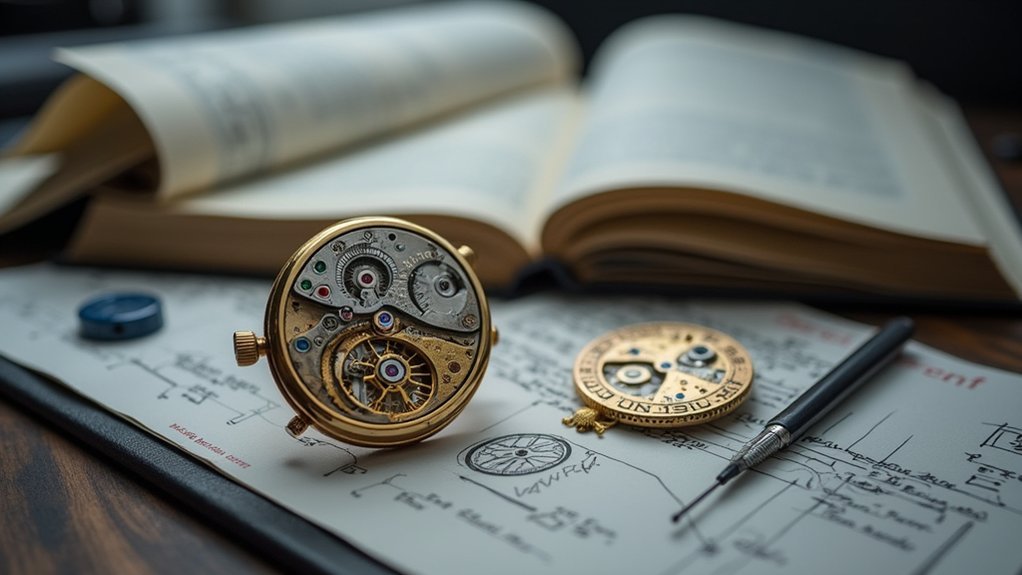
After you’ve mastered professional tools and equipment, your next critical step involves systematic preparation for certification examinations that will validate your expertise.
Effective certification preparation requires you to review extensive tool lists, attend training classes, and thoroughly study AWCI Standards and Practices to strengthen your watchmaking fundamentals.
You’ll need to complete a practice written exam and work through recommended bibliography materials for ideal examination preparation.
Register early since classes get canceled with fewer than six participants, and you must obtain scheduled confirmation from the Education Director.
The CW21 certification demands successful completion of multi-day testing across key technical areas.
Educational resources like CW21 Technical Guides and specialized reading materials will support your certification journey, ensuring you’re thoroughly prepared for this rigorous professional milestone.
Frequently Asked Questions
Why Are Watch Repairers Declining?
You’re seeing watch repairers decline because digital technology’s shifting consumer preferences toward smartwatches, parts sourcing difficulties, high training costs, reduced younger generation interest, and modern watches’ increasing complexity overwhelming current practitioners.
What Is CW21 Certification?
You’ll earn CW21 certification from the American Watchmakers Clockmakers Institute by passing thorough exams covering automatic watches, quartz movements, and chronographs. It’s your credential proving you’re a qualified 21st-century watchmaker.
Is Watch Repair a Dying Trade?
Watch repair isn’t a dying trade – you’ll find growing demand for skilled watchmakers, especially in luxury markets. Educational programs are expanding, and there’s renewed interest from collectors driving the profession’s resurgence.
What Is the Best Watchmaking School?
You’ll find the Lititz Watch Technicum and North American Institute of Swiss Watchmaking are top choices. Both offer rigorous, industry-recognized programs with strong partnerships and excellent placement rates in luxury watchmaking.
In Summary
You’ll gain extensive technical skills through hands-on training that covers movement disassembly, cleaning, and reassembly. You’ll master AWCI’s rigorous standards while learning to repair various watch types from mechanical to quartz movements. You’ll become proficient with specialized tools and equipment essential for professional work. You’ll prepare thoroughly for certification exams that validate your expertise. These programs don’t just teach theory—they’ll transform you into a skilled horologist ready for the industry.

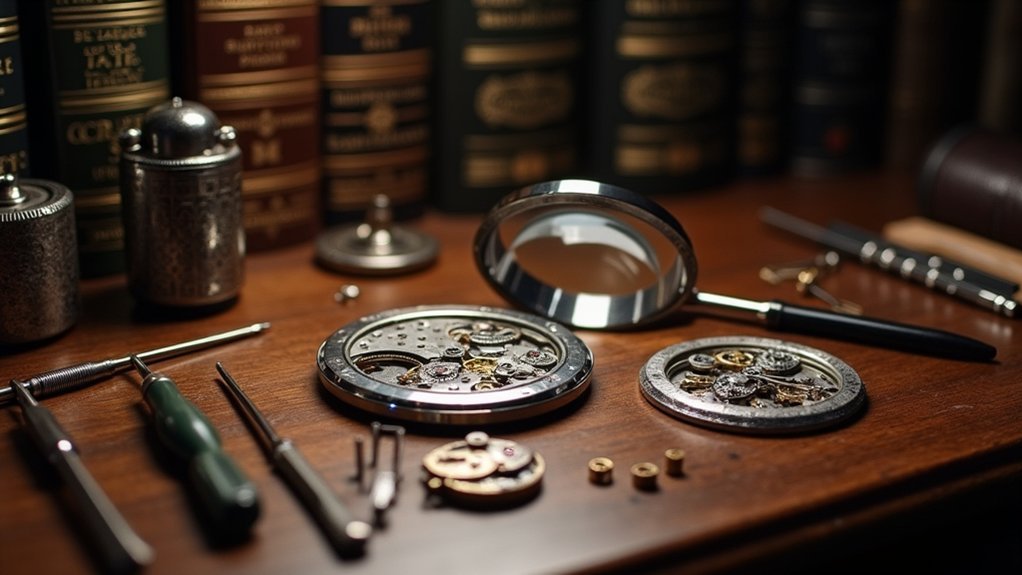
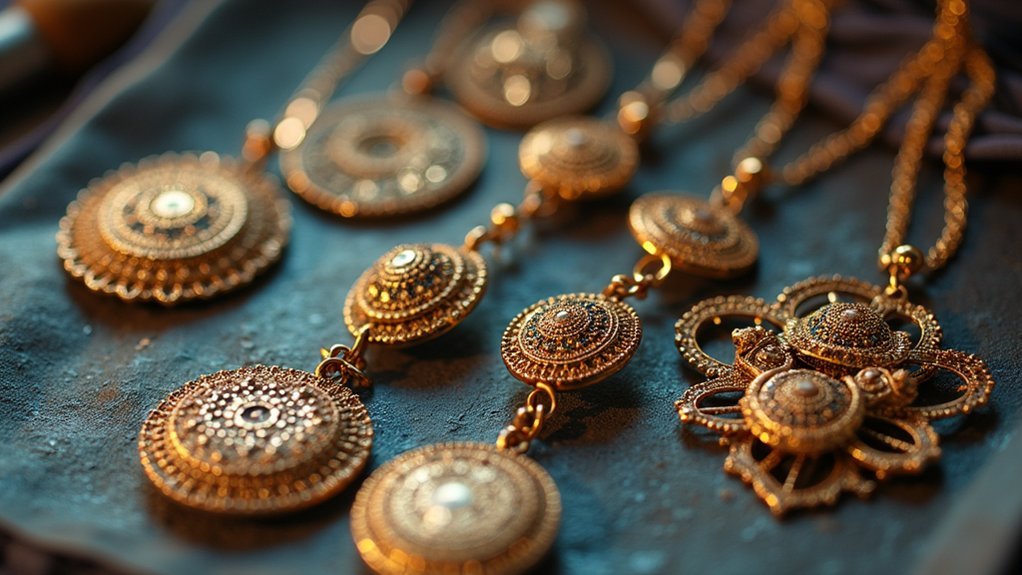
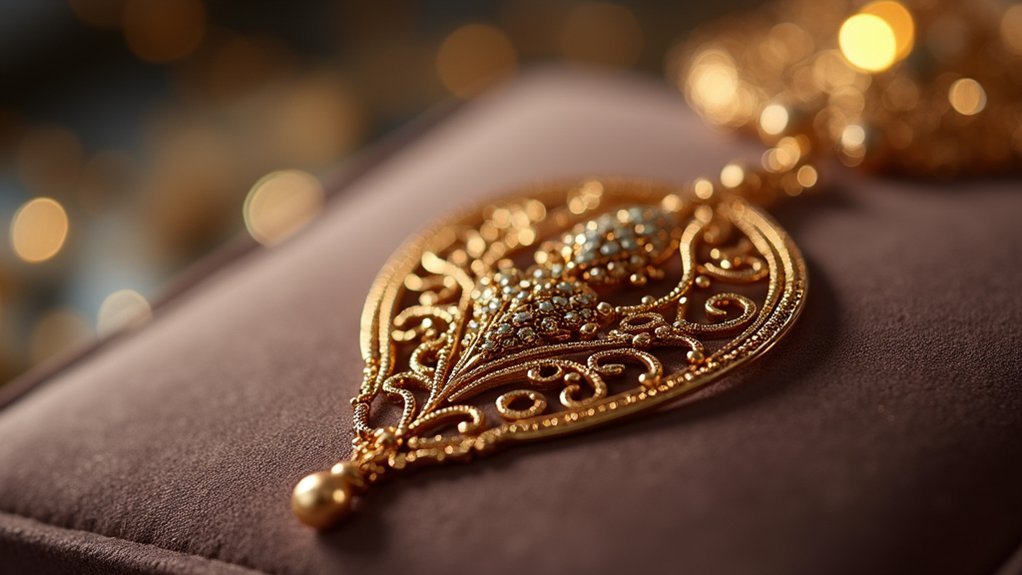

Leave a Reply